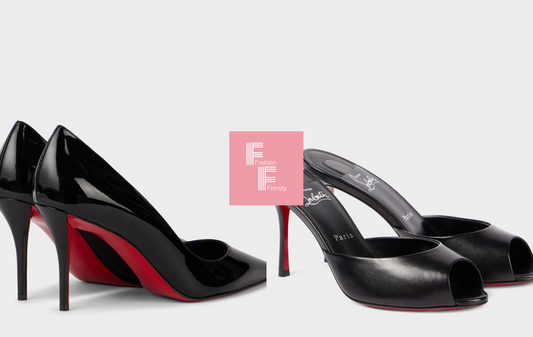Managing frizz in your hair care routine can feel like an uphill battle, but with the right approach and products, you can achieve smooth, manageable locks. Frizz is often caused by factors such as humidity, lack of moisture, and damage to the hair cuticle, but don’t worry - there are effective strategies to tame those flyaways and achieve sleek styles. Let’s delve into some practical ways to manage frizz in your daily hair care routine.
Understand Your Hair Type

Understanding your hair type is the first step in managing frizz effectively. Hair can be categorized as straight, wavy, curly, or coily, and knowing which category your hair belongs to helps you choose the right products. Curly and coily hair types are usually more prone to frizz, as they often lack moisture. Straight hair may get frizzy due to humidity and damage. Each hair type requires different moisture levels and styling techniques. Do a quick analysis of your hair's texture and porosity to find the best products and strategies for your specific needs.
Use a Nourishing Shampoo and Conditioner

Moisture is your best friend when it comes to taming frizz. Start your routine with a hydrating shampoo and conditioner designed for your specific hair type. Look for products that contain ingredients like argan oil, coconut oil, or shea butter, which are known for their moisturizing properties. Avoid sulfates, as they can strip your hair of its natural oils and lead to dryness. After washing, apply a generous amount of conditioner to the lengths of your hair, allowing it to sit for a few minutes before rinsing to lock in moisture.
Embrace the Right Drying Techniques

After washing, it's crucial to adopt the right drying methods to keep frizz at bay. Instead of rubbing your hair with a towel, which can cause friction and lead to breakage and frizz, gently squeeze out excess water. Consider using a microfiber towel or a cotton T-shirt to absorb moisture.
When it comes to air-drying, try to avoid touching your hair too much as it dries, which can lead to frizz. If you prefer using a blow dryer, opt for a diffuser attachment on low heat. This way, you’ll maintain your natural hair texture while minimizing the risk of frizz.
Incorporate Leave-In Treatments
Leave-in conditioners are an excellent addition to your hair care routine if you're looking to combat frizz. These products help to lock in moisture and provide extra hydration throughout the day. Apply a quarter-sized amount to damp hair, focusing on the ends, where frizz often appears most prominently.
For extra shine and smoothness, look for leave-in treatments that contain silicones, which create a barrier against humidity while providing nourishment. Just be cautious not to overdo it, as too much product can cause buildup and weigh your hair down.
Choose the Right Styling Products
Waxes, creams, and gels can help you control frizz while styling your hair. Opt for products labeled as ‘anti-frizz’ or ‘humidity-resistant’. Creams are best for those with wavy or curly hair, as they define curls and reduce fluffiness. If you have straight hair, a lightweight gel can help hold your style while keeping frizz at bay.
Apply your chosen product to damp hair for the best results. Scrunching or twisting your hair as you apply product can help enhance your natural texture while keeping those pesky flyaways under control.
Explore Smoothing Oils and Serums

Adding a smoothing oil or serum to your hair care routine can significantly help manage frizz. These products typically contain ingredients like argan, jojoba, or coconut oil, which can penetrate the hair shaft and provide long-lasting hydration.
You'll want to use a small amount - start with a pea-sized drop applied to the mid-lengths and ends of your hair, focusing on areas prone to frizz. For added shine, you can apply a bit more to freshly styled hair for a polished finish.
Don’t Skip Regular Trims
Regular hair trims are essential to prevent split ends and damage, both of which contribute to frizz. Ideally, aim for a hair trim every six to eight weeks to maintain your hair's health and encourage even growth. During your trim, ask your stylist about the best cut for your hair type, as certain styles can help manage frizz more effectively.
Incorporating these tips into your hair care routine can help you achieve smoother, frizz-free hair. Remember, finding the right combination of products and techniques tailored to your hair type is key. It may take some experimentation to discover what works best for you, but the journey to beautiful, manageable hair is absolutely worth it!











